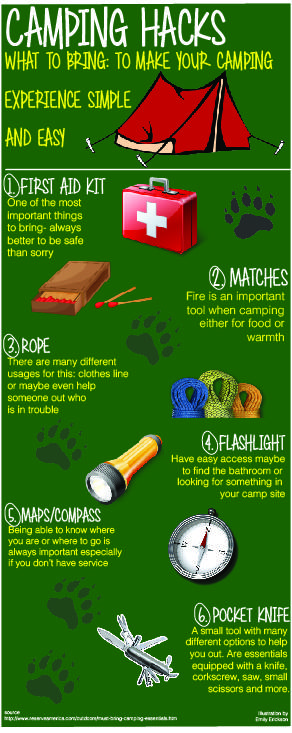Manage A Money Making Online Camping Tents Business By Selling Camping Tents
Manage A Money Making Online Camping Tents Business By Selling Camping Tents
Blog Article
Taking Photographs of the Evening Skies
A variety of variables can affect night sky digital photography. From climate condition to upcoming holy occasions, you'll intend to plan ahead to ensure success.
What can I put on my tent floor?
The shutter speed you pick identifies whether celebrities appear as exact pin-points or trail across the photo. A great rule of thumb is to limit the direct exposure to 500 seconds, or the matching of your lens's focal length.
Location
Among the most crucial consider a great photograph is where you take it. Go for places with very little light pollution, and avoid places that have brilliant city lights and high-rise buildings.
Additionally, look for a location that uses foreground components to develop compositions with. For example, dune patterns, wind-sculpted ridges and rocky outcrops can all give intriguing foreground elements to assist inform the story of your evening skies photo.
It is additionally useful to research study astronomical events such as meteor showers and lunar eclipses to make the most of opportunities for fantastic pictures. Using a tool such as the Photographer's Ephemeris can be unbelievably beneficial when preparing your shoots. It aids you to determine moon phases, Milky Way setting and other astronomical events. Additionally, consider shooting in RAW format as opposed to JPEG as this offers you much more versatility when processing the pictures. This is especially real if you intend to publish your photos.
Video camera Settings
Getting the best video camera settings is very important for any kind of photograph, however specifically so for evening skies photos. A wide-angle lens is best for capturing more of the Galaxy and lowering star routes, as well as a longer shutter rate to stop the movement of stars and expose their information.
For an optimum level of clarity, shoot in RAW style as opposed to JPEG, which permits you to protect even more information and gives flexibility during post-processing. This can also add to submit dimension, so make certain you have plenty of storage space and extra sd card on hand.
Establish your focus to hand-operated focusing by turning the AF/MF switch on your lens right into MF mode. You may require to take a few test shots and inspect the picture playback on your video camera's LCD screen until you accomplish ideal, determine hands-on emphasis. It's a good idea to do this throughout the day with your picked lens and the location you will be shooting at night, to verify the accuracy of your focus setup.
Lighting
A good night skies photo requires the appropriate conditions. This consists of a dark sky, yet likewise an intriguing foreground aspect such as a mountain coming up, a lake to show the celebrities, or a human element like a barn or shed. You can even make use of a headlamp to light up the foreground and add some dramatization or depth to your photo.
One of the most essential electronic camera setups for night sky photography are the aperture and shutter speed. The larger the aperture, the much more light that reaches the sensing unit. This enables you to catch bright celebrities in a fairly brief quantity of time.
The shutter speed identifies whether your stars will certainly be pin-point excellent or if they will appear as celebrity tracks as a result of the Earth's turning. Be sure to take multiple fancy camping tent lengthy exposure shots and stack them in post-processing for the very best outcomes. Last but not least, shoot in RAW mode to give yourself maximum latitude in post-processing.
Composition
The trick to beautiful star shots isn't a high-end telescope, a new wide-angle lens or a top-of-the-line Canon or Nikon cam. It's strategy, preparation and composition.
For starters, scout your shoot location ahead of time to get a feel for the design and prospective structures. Think about integrating foreground aspects such as rocks, a lake or alpenglow on the landscape to add character and interest to your photos.
Remember the Regulation of Thirds when composing your pictures. This easy concept helps balance and combine pictures. It's likewise beneficial for concentrating on sights in your image, such as rock features or the Milky Way. Likewise, bear in mind to plan your shoots around moon phases-- shooting at a full moon can overpower celebrities and develop a silhouetted shape, while shooting on evenings with a new moon can help you see constellations much more plainly.
Do you put a tarp under your tent?
